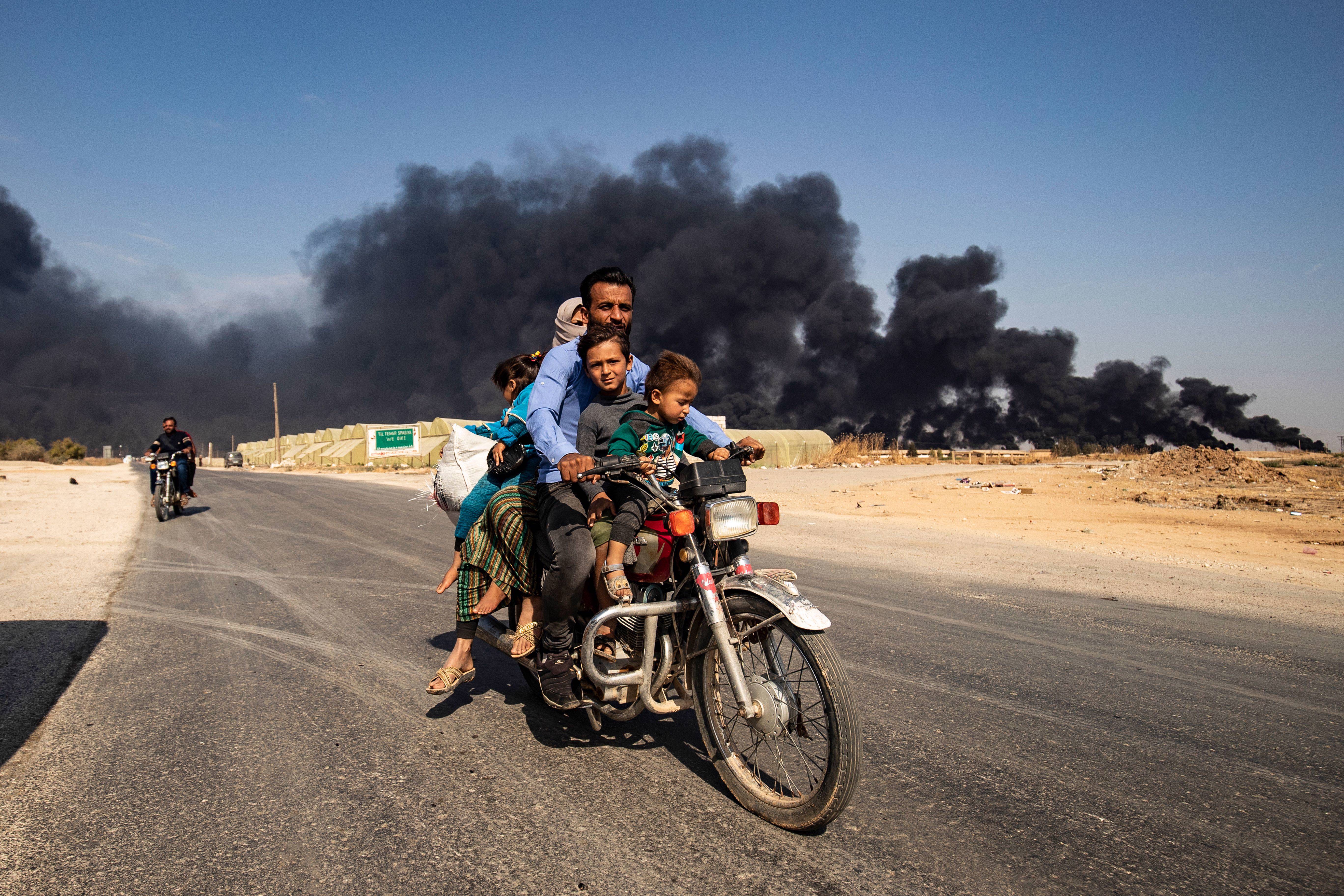VENKATRAMAN ANANTHA NAGESWARAN (“VAN”), GULZAR NATARAJAN
INTRODUCTION
The Indian economy is riding the wave of a youth bulge, with two-thirds of the country’s population below age thirty-five. The 2011 census estimated that India’s 10–15 and 10–35 age groups comprise 158 million and 583 million people, respectively.1 By 2020, India is expected to be the youngest country in the world, with a median age of twenty-nine, compared to thirty-seven for the most populous country, China.2 In the 2019 general elections, the estimated number of first-time voters was 133 million.3 Predictably, political parties scrambled to attract youth voters.4
It is therefore not surprising that, according to several surveys, the parties’ primary concern was job creation.5 The burgeoning youth population has led to an estimated 10–12 million people entering the workforce each year.6 In addition, the rapidly growing economy is transitioning away from the agricultural sector, with many workers moving into secondary and tertiary sectors. Employing this massive supply of labor is, perhaps, the biggest challenge facing India—at the very least, it requires high economic growth for the next three decades. Further, this growth must be sustainable, broad-based, and focused on creating new jobs.












/arc-anglerfish-arc2-prod-mco.s3.amazonaws.com/public/AGOPYCTQOFCOTBWTVVGVXUGXNE.jpg)
/arc-anglerfish-arc2-prod-mco.s3.amazonaws.com/public/VYHVQF2N75FHXDYNQ2ZF2SIQMI.png)
/arc-anglerfish-arc2-prod-mco.s3.amazonaws.com/public/U5HF5W64DVHANMW2QRRHMCWVSA.jpg)